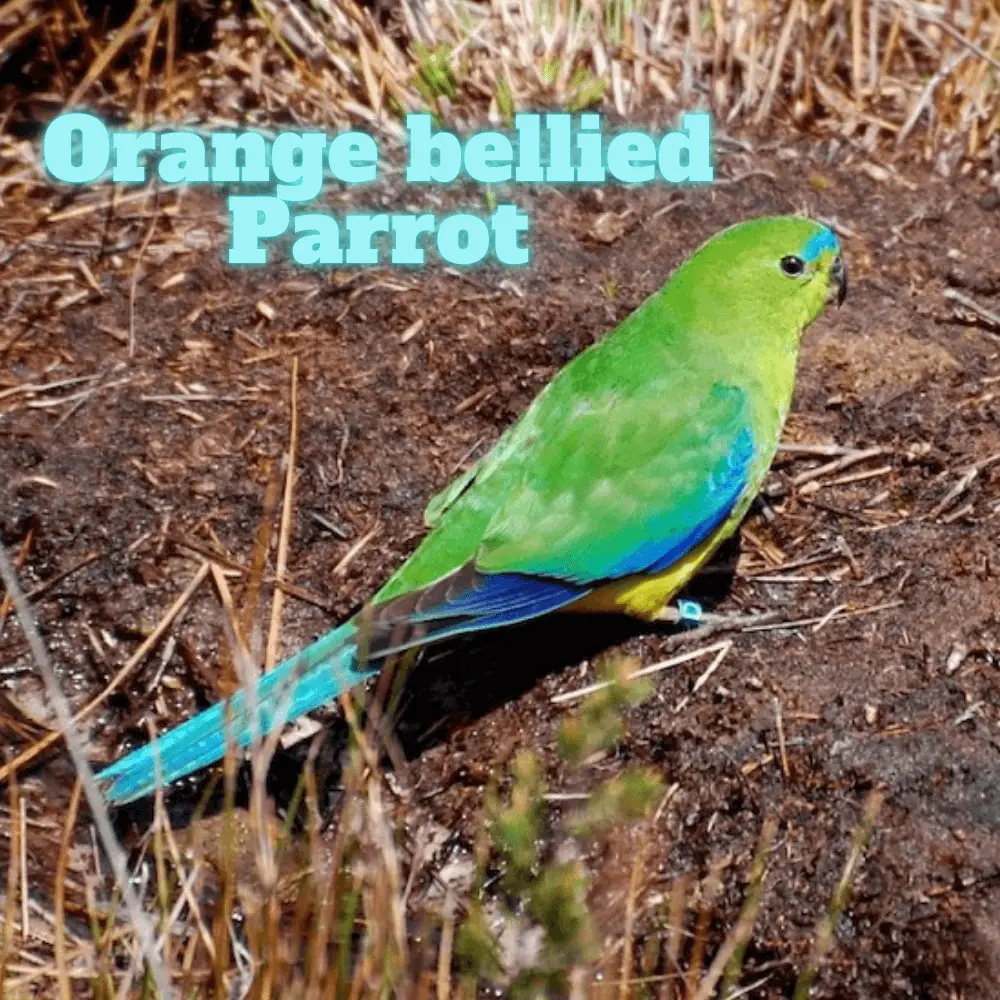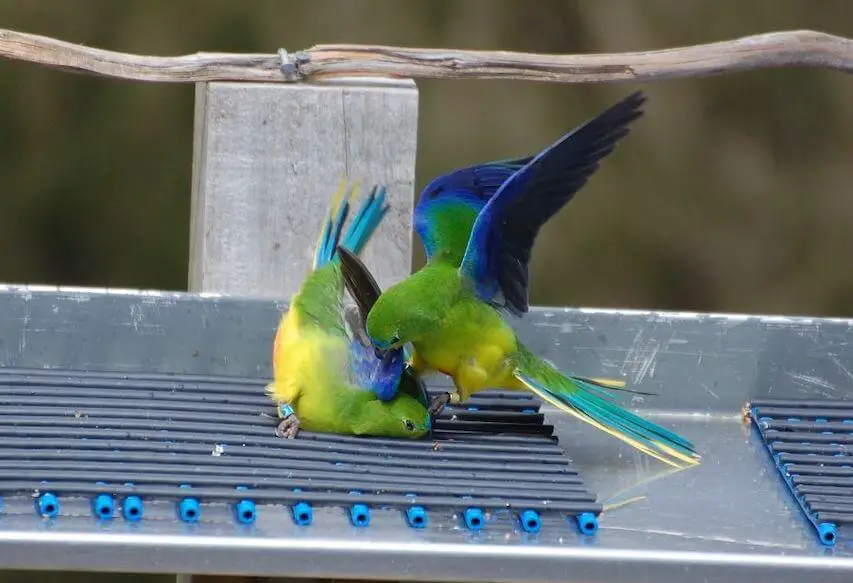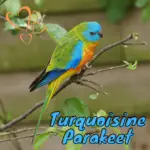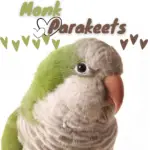
Orange bellied Parrot 20–21 cm; mean 42 g. Similar to N. chrysostoma but much less yellow in the face, crown and upperparts bright green, orange belly patch obvious, and tail green-washed blue.
The Orange bellied Parrot Female has a weaker, greener line on the forehead. Immature duller than female, with a smaller orange patch on the belly.
Monotypic.
Subspecies
Monotypic.
Distribution
Orange bellied Parrot, Coastal SW Tasmania, breeding only in Melaleuca (formerly also in Birch’s Inlet); migrates via King I to scattered places in coastal SE Australia (mainly from SE South Australia to S Victoria).

Orange bellied Parrot Habitat
Inbreeding season, favored sites are within 50 m of creekside or lagoon vegetation, where sedge lands adjoin open expanses of matted tussocks or button grass, with nesting in small adjacent copses.
Orange bellied Parrot forage on heath dominated by buttongrass (Mesomelaena sphaerocephala), mostly in areas burnt within the past 15 years.
In winter, saltmarsh is much used, especially where Arthrocnemum arbuscular, Salicornia quinqueflora and Suaeda australis dominate, but also dunes and, apparently in times of shortage, open scrubland, paddocks, pastures, and even golf courses.
Movement
After breeding Orange bellied Parrot in SW Tasmania, birds move N in Mar–Apr through Bass Strait islands, notably King I where some birds stop over Apr-Jun and a few remain throughout the non-breeding period,
but most winter from late May to early Oct on the SE Australian coast between the Coorong and Gippsland, the majority of the tiny population concentrating at Port Phillip Bay and the coastal dunes between Kingston and the Victoria border.
ZooMakr: The Orange-bellied Parrot
SOURCE: Zoos SA
Diet and Foraging
Initially in summer, seeds of sedge land plants such as Lepyrodia tasmanica and Restio complainants, then seeds of Boronia citriodora, B. parviflora, Helichrysum pumilium, Actinotus bellidioides, and button grass.
Formerly birds took decaying kelp and seeds of Poa billardieri and berries of Coprosma. In early winter, seeds of the saltmarsh halophytes Suaeda australis and Salicornia quinqueflora,
plus at high tide the pasture weeds Chenopodium glaucum, Atriplex hastata and Rapistrum rugosum and sometimes Halosarcia halocnemoides and Frankenia pauciflora,
shifting mid-Jul to Sclerostegia arbuscular and later to Arctotheca calendula. Seeds of the introduced sea-rocket (Cakile maritima) and sheep’s burr favored in dunes.
Sounds and Vocal Behavior
Orange bellied Parrot Calls include short buzzy chatters, both when perched and on flushing. Also a high-pitched “seet” and several short subdued twitters and tinkling notes.

Breeding
Nov–Dec. Orange bellied Parrot Nest in hollows 8–25 m up in living Eucalyptus nitida or, less often, E. ovata. Eggs 3–6; in captivity, incubation lasts 21 days, nestling period 5 weeks. The mean annual survival of juveniles and adults has been estimated at 0∙56 and 0∙65 respectively.
Conservation Status

CRITICALLY ENDANGERED. CITES I. Restricted-range species, present in Tasmania EBA.
Population in the 1990s probably 120 pre-breeding and c. 170 post-breeding, but fewer than 50 wild birds left by 2010; during 2000–2008 there has been an annual decline of 12% in the numbers of adults observed each year at the breeding grounds.
The captive population of 60-170 birds is held in three locations. Destruction and alteration of vegetation combined with competition from other species and trapping of birds in winter quarters are blamed for the decline in the Orange bellied Parrot,
which was clearly more numerous around 1900 and apparently so even in the 1960s, and which appears to achieve good recruitment on breeding grounds; there is also evidence that disease may have played a role.
Previously considered Endangered; awareness of extremely small population breeding at a single site, and rapid population decline, triggered uplisting to Critically Endangered in 2000.
A recovery program focusing on winter habitat protection and restoration is underway, with particular input from the petrochemical developers (since 1978) of Point Wilson, in Port Phillip Bay. Without the protection of nest sites, this species would likely be extinct.
https://www.youtube.com/watch?v=B3E87Rj92Wg
SOURCE: ANU TV




















